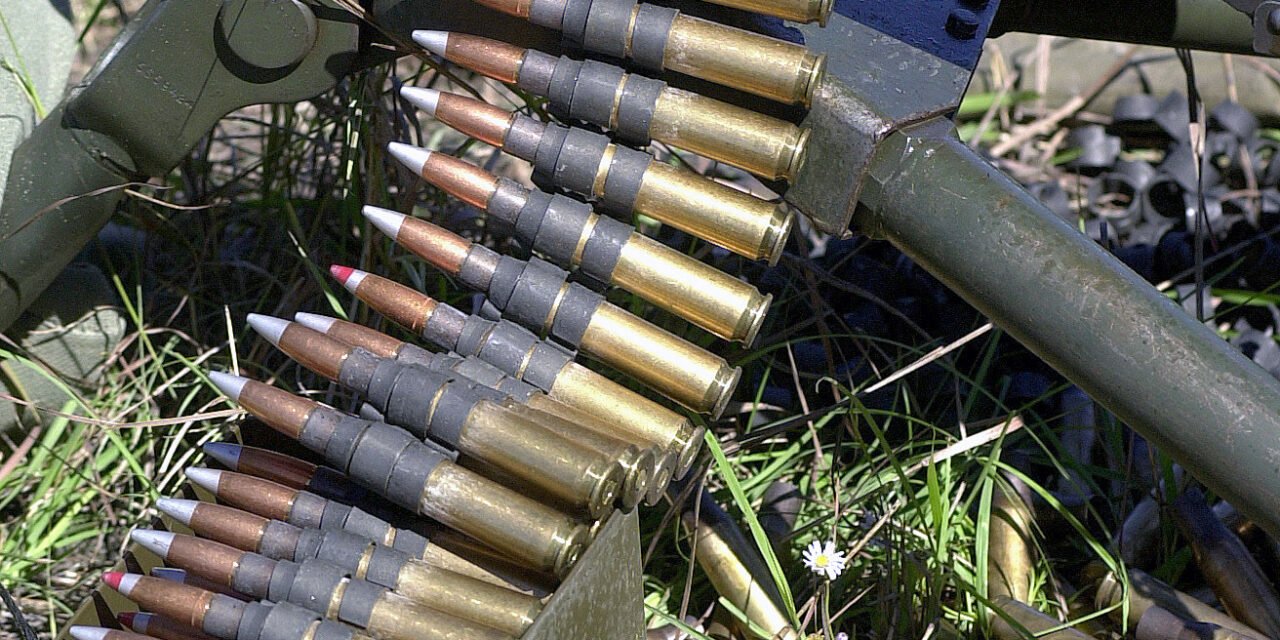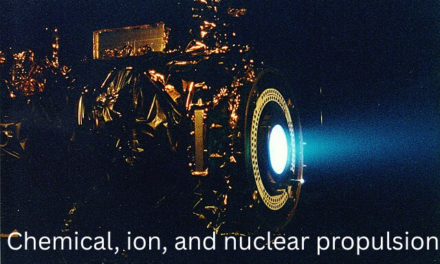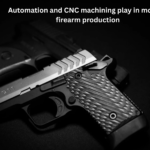Modern firearms and ammunition are made using a range of materials, each selected for specific characteristics like strength, durability, and precision. Some key materials include:
Firearms:
- Steel: Various types of steel, such as carbon steel and stainless steel, are commonly used for the barrel, frame, slide, and other critical components due to their strength and resistance to corrosion.
- Aluminum: Used in the construction of lighter firearms, especially for frames, receivers, and parts like triggers, because it’s strong yet lighter than steel.
- Titanium: Sometimes used for parts like barrels and frames, titanium offers a high strength-to-weight ratio and excellent resistance to corrosion, though it’s more expensive.
- Polymer: High-strength polymer materials, such as reinforced nylon, are commonly used in the manufacture of grips, stocks, and lower receivers. They are lightweight, durable, and resistant to environmental conditions.
- Wood: Although less common in modern firearms, high-quality wood (such as walnut) is still used for rifle stocks, particularly for traditional or high-end firearms.
- Ceramics: Advanced ceramics are sometimes used for components like firing pins, as they can offer high wear resistance and are lightweight.
Ammunition:
- Brass: Most cartridge cases are made of brass due to its durability, corrosion resistance, and ease of machining. It’s often used for handgun and rifle ammunition.
- Steel: Some lower-cost ammunition uses steel cases. Steel is cheaper than brass but can be less malleable and more prone to rust.
- Copper: Copper is commonly used for the projectile’s jacket (the outer layer of the bullet) because it’s malleable and helps prevent barrel wear.
- Lead: Lead is still widely used in bullets, either as the core or for some types of projectiles. It’s dense and effective at transferring energy on impact, though lead-free alternatives are being developed for environmental reasons.
- Nickel: Nickel plating is sometimes used on bullet casings or projectiles to enhance corrosion resistance.
- Gunpowder: The primary propellant in ammunition, gunpowder or smokeless powder, is composed of a mix of chemicals that rapidly burn to produce a high-pressure gas, which propels the bullet.
These materials are selected based on their ability to withstand the stresses of firing, resist corrosion, and ensure precise functioning, while also considering cost and ease of manufacturing.













